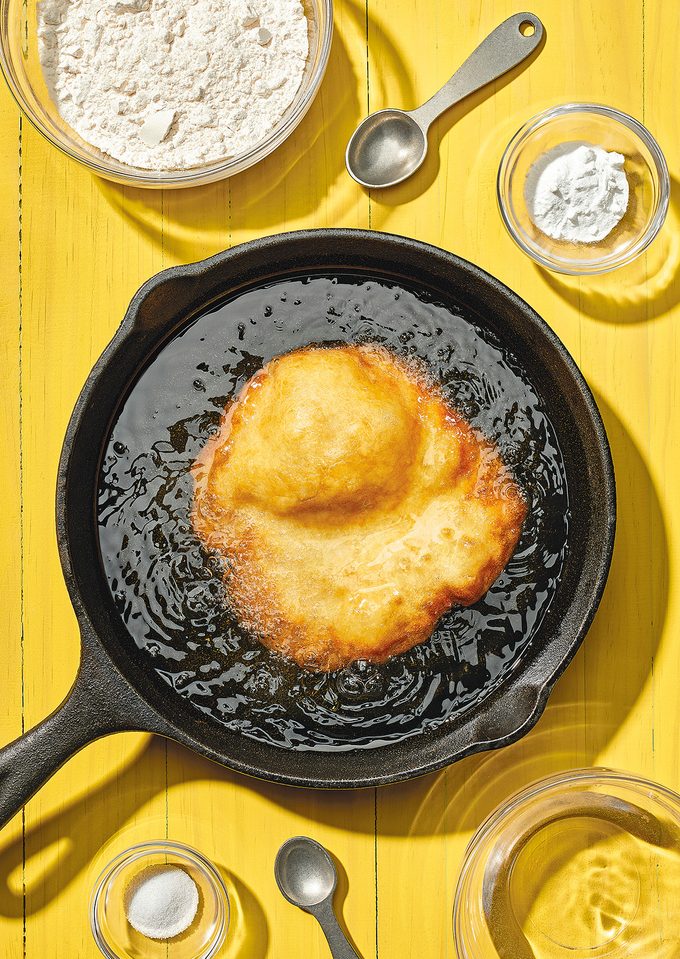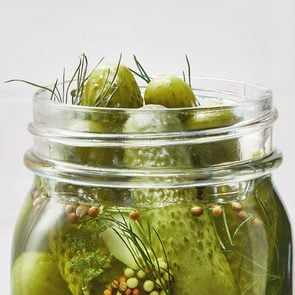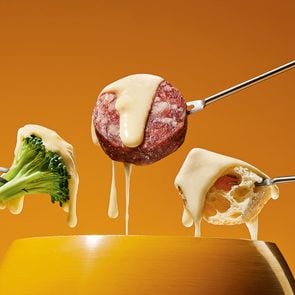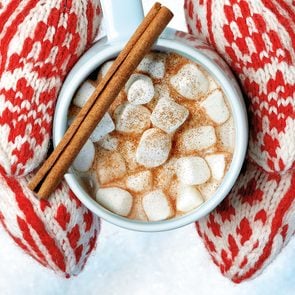The Making of Frybread
Frybread, a greasy fried delight made by many Indigenous peoples across North America, tells a story of both resilience and community.

In one version of his 1996 song “Frybread,” Ojibwe folk-rock artist Keith Secola sang: “You can’t do much with sugar, flour, lard and salt. But you can add one fundamental ingredient: love.”
Since its creation in the 1800s, the subject of Secola’s song, frybread, has become a culturally significant comfort food within Indigenous communities across Canada and the United States.
Frybread has appeared in Indigenous films and pop culture for decades. In Smoke Signals, a 1998 indie drama written by novelist Sherman Alexie, a descendant of the Spokane and Coeur d’Alene tribes, one character wears a shirt with a Superman-style crest bearing the words “Frybread Power.”
The taste, colour and size of these fried dough discs differs across the continent, with each family and community adding their own touch. Ben Jacobs, Osage co-owner of Tocabe, a restaurant in Denver, Colorado that sells frybread and other Indigenous–inspired dishes, told The New York Times, “We’re never going to be your mom’s or your auntie’s frybread.”
Despite the variety, most versions have a few things in common. The basic ingredients are flour, baking powder or baking soda, and salt, which are whisked together and then kneaded into a dough ball using water or milk. (Other versions use buttermilk; some frybread makers swear it makes for a tastier bread.) After letting it rise, the ball is split into pieces and rolled into discs, with a few holes to help the bread stay flat as it’s fried in lard, shortening or vegetable oil until bubbly, golden and crispy.
Frybread can be enjoyed plain or with honey, butter, jam or powdered sugar on top. For a more filling version, add lettuce, ground beef, diced tomatoes, beans and shredded cheese to make a frybread taco, often eaten at festivals, fairs, powwows and other community gatherings.
Where does frybread come from?
As widely loved as frybread is, the calorie-laden treat—one plain piece clocks in at 500 calories and 20 grams of fat—is also a painful symbol of survival, borne out of the forced colonial displacement of Indigenous peoples across the continent.
One origin story says the bread was first made by the Diné (Navajo). In 1864, the Diné were forced to leave their traditional homeland in eastern Arizona and western New Mexico and walk the nearly 500-kilometre journey, known as the Long Walk, from Fort Defiance to Bosque Redondo, New Mexico. Hundreds died of starvation along the way.
Among the cheap ingredients given to them by the U.S. government as commodity rations were wheat flour, previously unknown to them, and lard. As the legend goes, the Diné fried the often-spoiled flour to kill off parasites. The term “bannock,” which comes from the Gaelic bannach, meaning “morsel,” is often used synonymously with frybread. But while similar, bannock is typically denser than frybread, as it is usually unleavened. Bannock is made in Mi’kmaq, Inuit and Ojibwe communities, but was first brought to this land by Scottish settlers and fur traders in the 18th and 19th centuries.
Today, a burgeoning food-sovereignty movement aims to revitalize traditional diets, which don’t include frybread or bannock. “There is no oral tradition to be taught about frybread,” wrote historian Devon A. Mihesuah, a professor at the University of Kansas and enrolled citizen of the Choctaw Nation, in the journal Native American and Indigenous Studies.
As an enduring food, frybread stands as a testament to the resilience of Indigenous communities in the face of displacement and colonization.
Next, check out these 10 Indigenous authors you should be reading.






